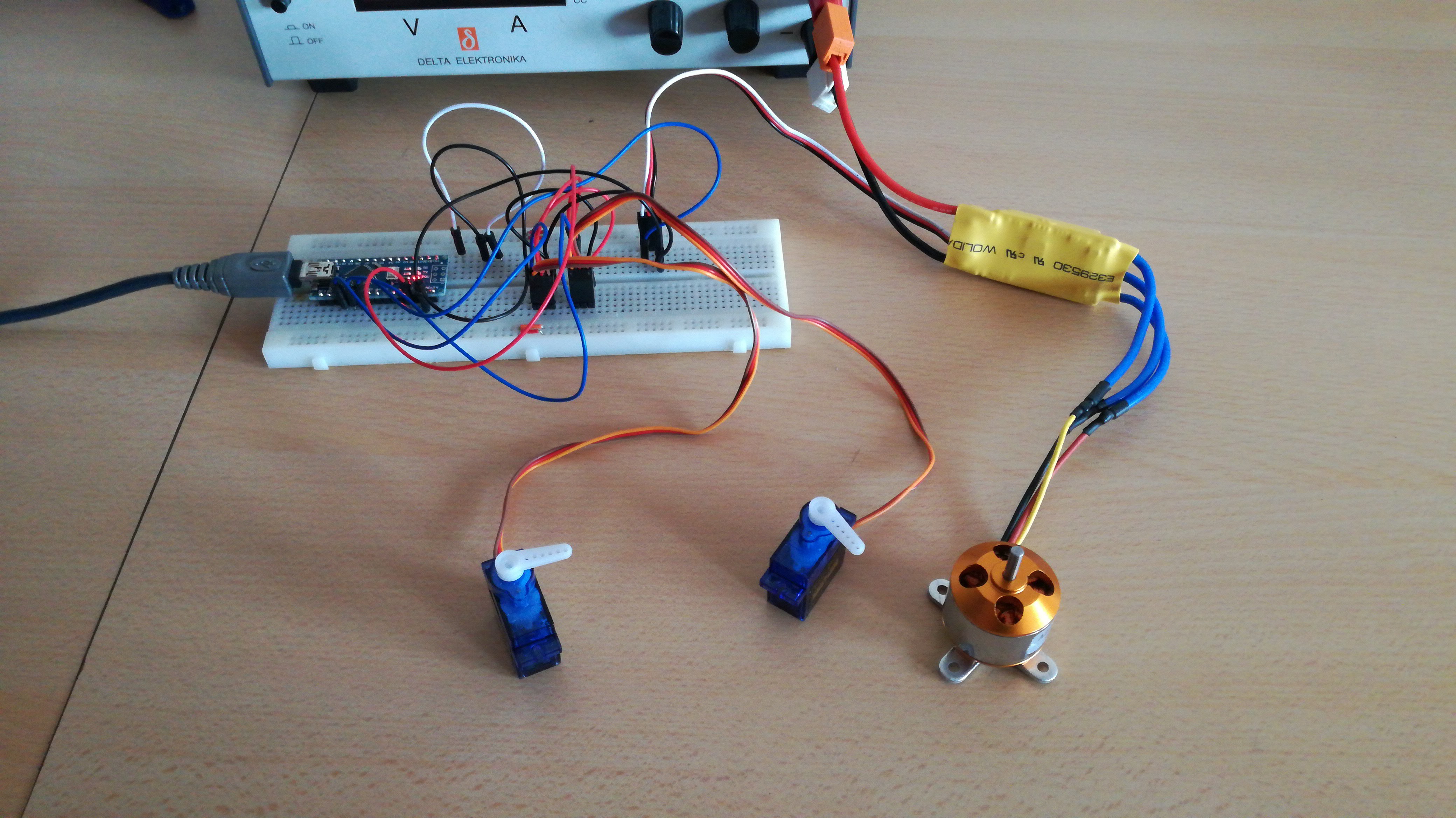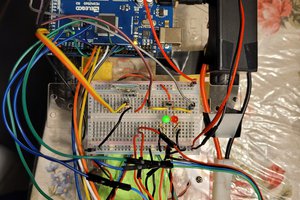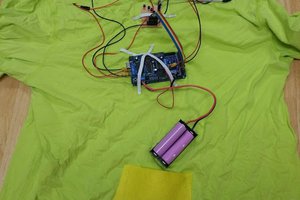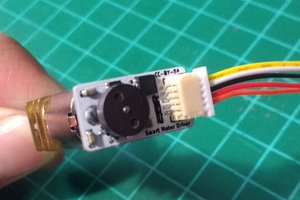The project consists of two parts: An app on a mobile phone which will act as a transmitter and a hardware module on the robot or RC vehicle which acts as an receiver. These two parts communicate through Bluetooth. A custom protocol will be designed, one which is simple to use (and hack) but still is reliable. Different modules will be designed to allow different use cases. Each has its own advantages and uses. All modules use an Arduino as its brain and a Bluetooth module for communication. The Arduino and Bluetooth module can either be as separate PCBs stuck onto the main board by headers or its components can be soldered on the main PCB directly to create a very compact unit.
HControl RC module
Ideal for beginner RC projects. All the functions you would expect from a standard RC transmitter and receiver are here.
- 8 RC signal outputs (servo signals) to control brushless ESC or servo motor
- Powered from signal output or separate power input
- One mother board with Arduino module and Bluetooth module stacked on top
- Very easy to solder and assemble
HControl robot module
Ideal for beginner robotic projects.
- 2 DC motor outputs (H bridge. Bidirectional motor control possible.)
- 4 digital outputs
- 4 servo motor outputs
- One mother board with Arduino module and Bluetooth module stacked on top
- Very easy to solder and assemble
HControl RC compact module
A smaller version of the HControl RC module in size.
- 8 RC signal outputs (servo signals)
- Powered from signal output or separate power input
- One mother board with Arduino and Bluetooth components soldered on
- Very compact design
HControl robot compact module
A smaller version of the HControl robot module in size.
- 2 DC motor outputs (H bridge. Bidirectional motor control possible.)
- 4 digital outputs
- 4 servo motor outputs
- One mother board with Arduino and Bluetooth components soldered on
- Very compact design
HControl app
A phone app acting as the transmitter to the HControl modules. Full configurable functionality ensures it is usable is every situation.
- 2 joystick like controls, configurable as cross joystick or single direction
- The center of the screen has place for buttons and sliders, configurable to your needs.
- Channels can be assigned in every combination to the controls
 hylke44
hylke44



 icstation
icstation
 Ghani Lawal
Ghani Lawal
 disasterarchy
disasterarchy
 Danny FR
Danny FR